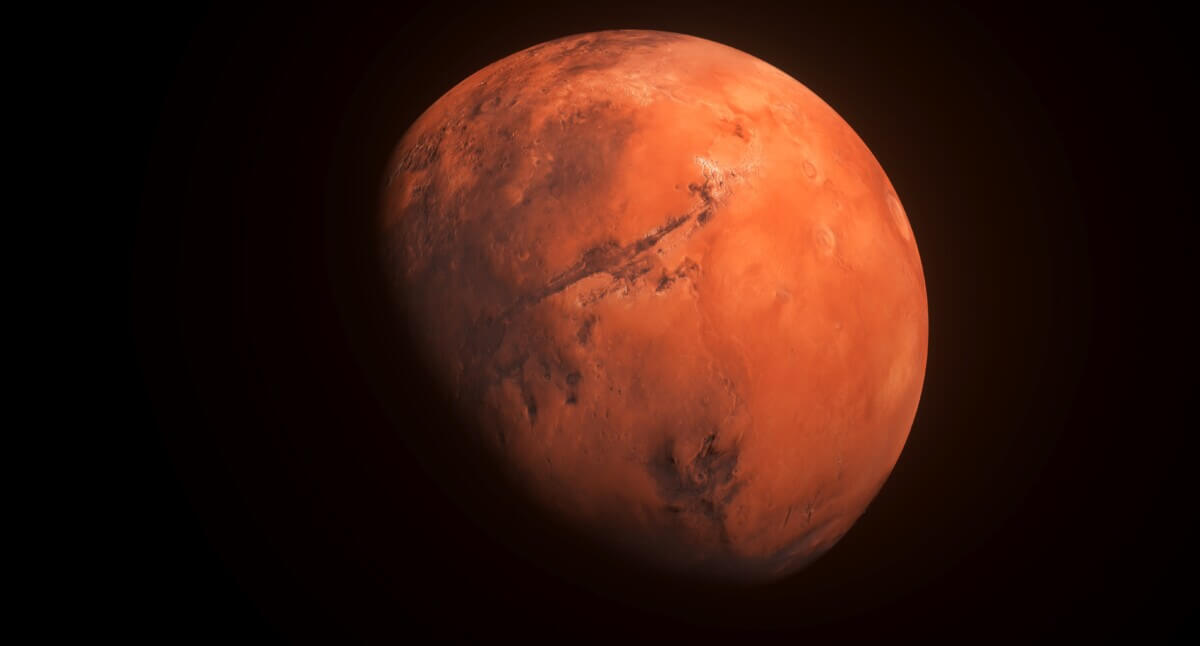
(© IM_VISUALS - stock.adobe.com)
ITHACA, N.Y. — While most of the Earth is full of life, there's one area considered virtually lifeless. Chile's Atacama Desert is called the driest place on Earth, but under the surface, researchers have made an interesting discovery. A team from Cornell University says diverse microbes hidden deep in the soil of this desert point to evidence of life in a place far, far away — Mars.
The study reveals these microbes live in the clay-rich, shallow soil layers of the Atacama. The fact that life can exist in a place so arid is leading the team to suspect similar deposits of microorganisms are hiding below the Martian surface.
“The clays are inhabited by microorganisms,” says corresponding author Alberto G. Fairén in a university release. “Our discovery suggests that something similar may have occurred billions of years ago - or it still may be occurring - on Mars.”
If microbes have existed on Mars, researchers say their biomarkers would likely be preserved in the soil. The study is also giving future rover missions on the Red Planet a roadmap of microbial markers to look for when they start digging into the Martian clay.
“If microbes still exist today, the latest possible Martian life still may be resting there,” the visiting scientist in the Department of Astronomy adds.
When does the digging on Mars begin?
The next probes start heading to Mars in 2021, led by NASA's rover Perseverance in February. Europe's Rosalind Franklin rover is due to land on the planet in 2023. Both missions plan to dig for microbial biomarkers underneath the planet's surface.
“This paper helps guide the search to inform where we should look and which instruments to use on a search for life,” Fairén explains.
In the Atacama's Yungay region, the study discovered at least 30 salt-loving microbial species in the underground clay layer. These species are all metabolically active bacteria and archaea, or single-cell organisms.
The discovery is reinforcing the theory that, at least in the first billion years of its history, Mars had a surface sprawling with life beneath its soil. The traces of that life may still be there.
“That's why clays are important,” Fairén concludes. “They preserve organic compounds and biomarkers extremely well and they are abundant on Mars.”
The study appears in the journal Scientific Reports.










